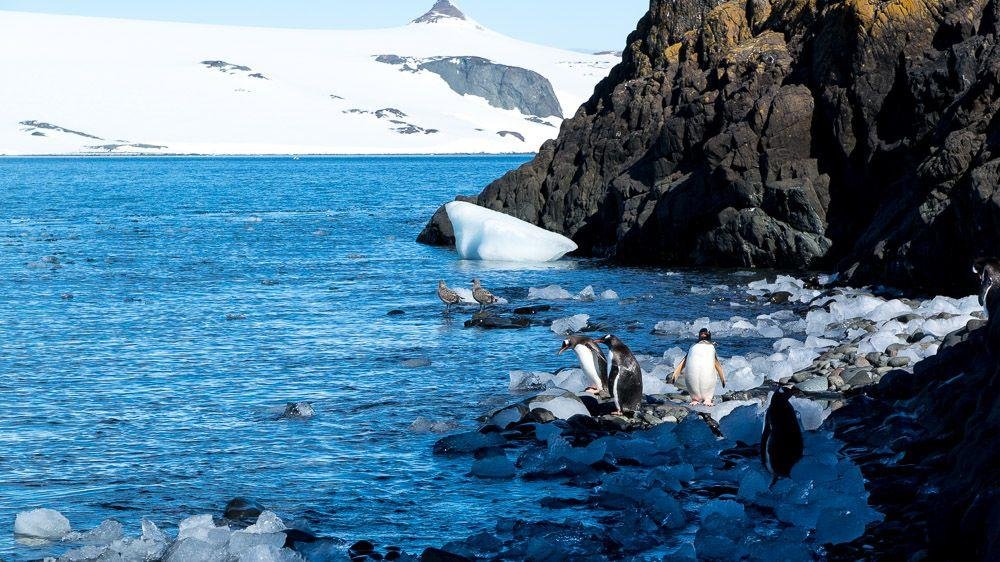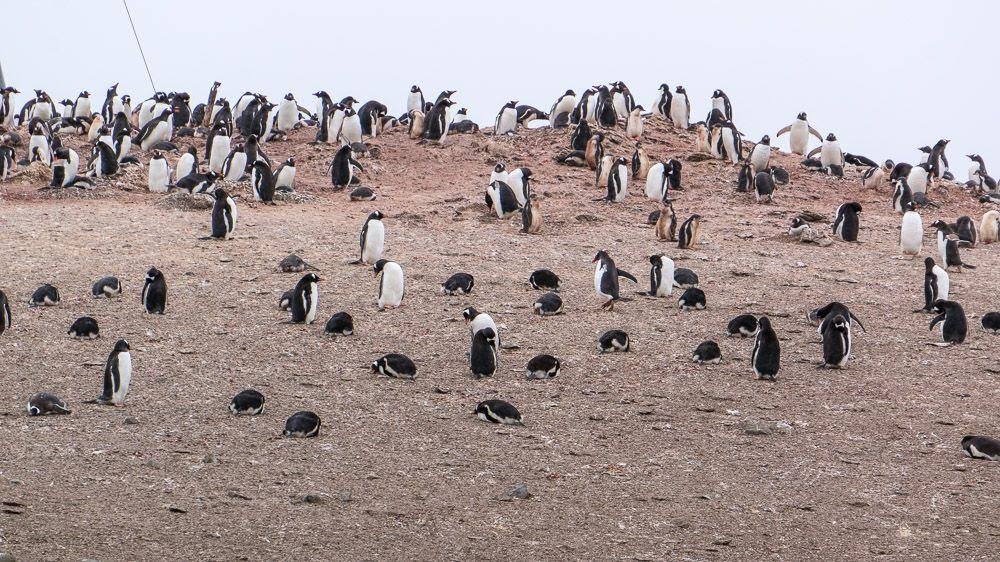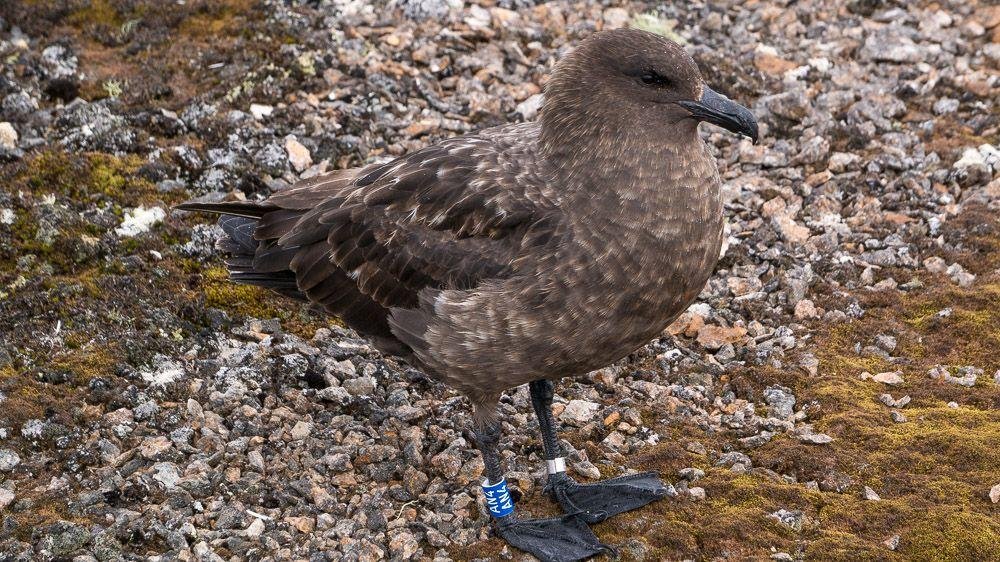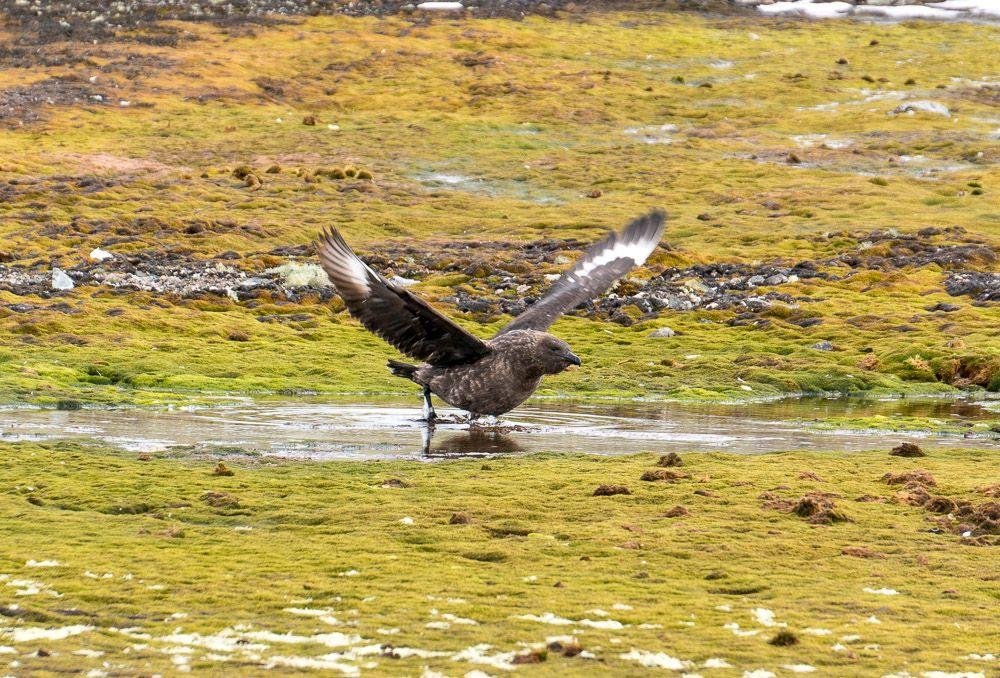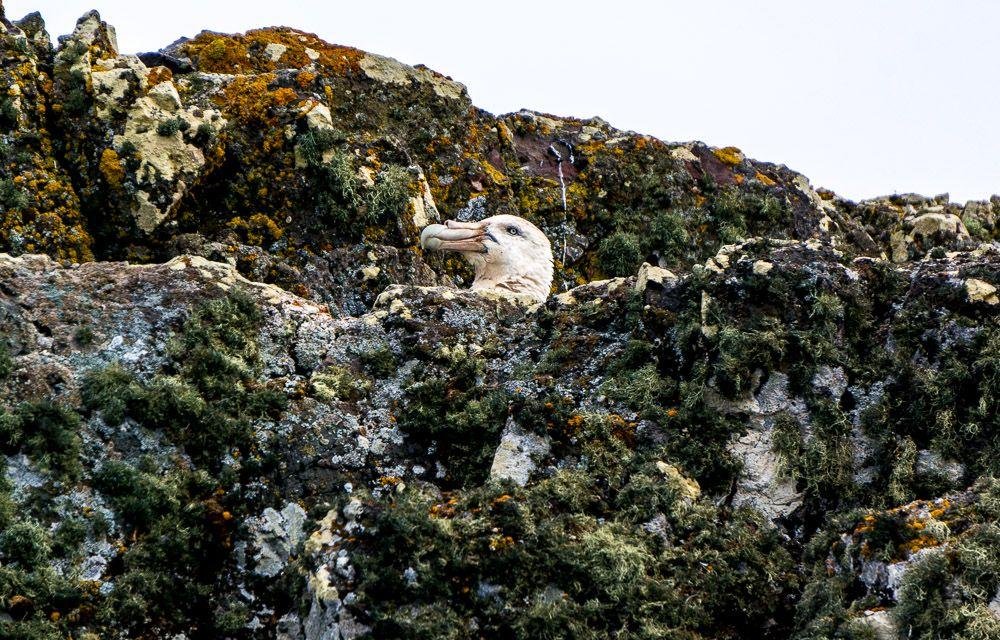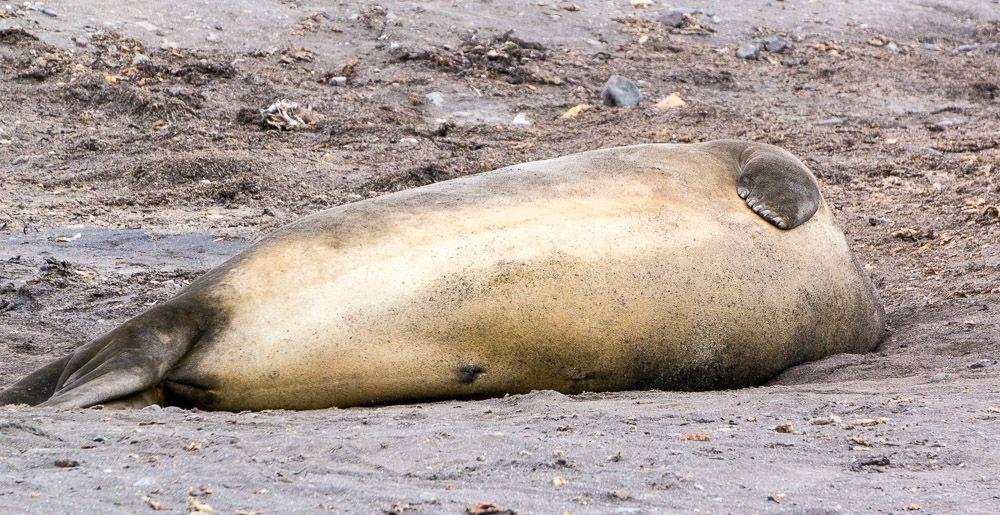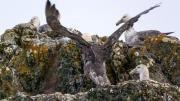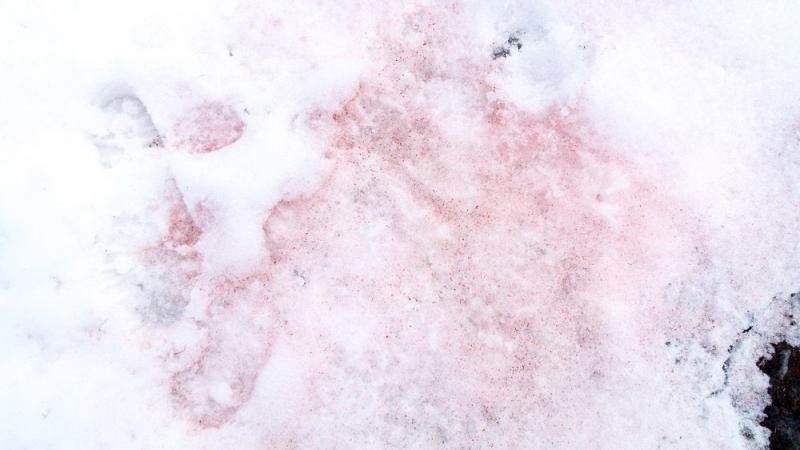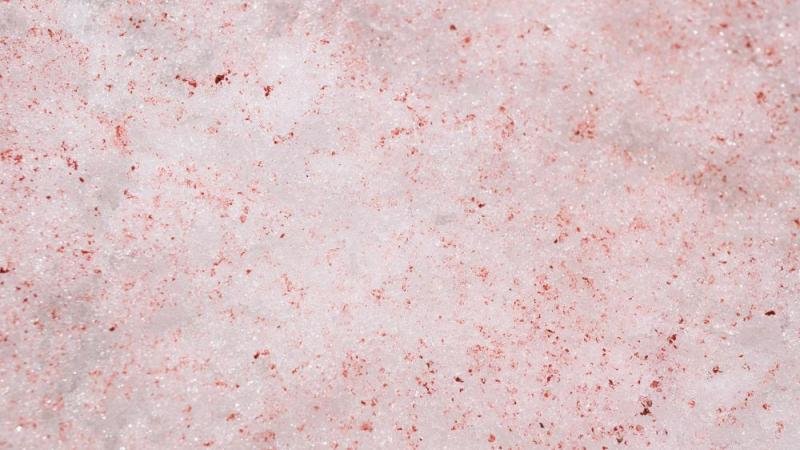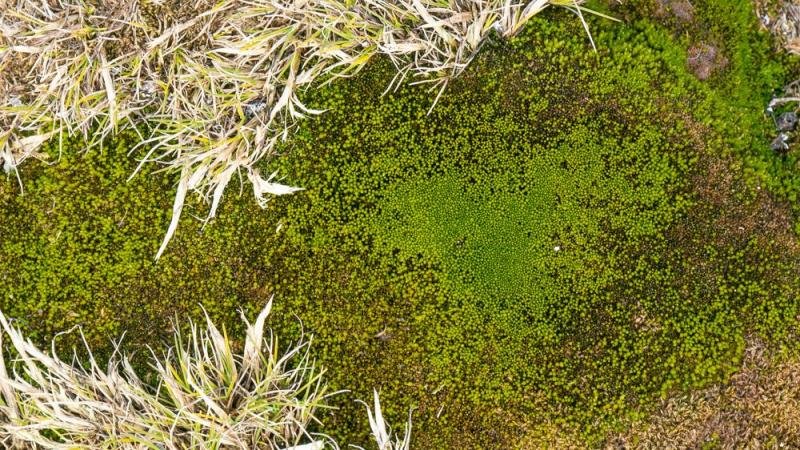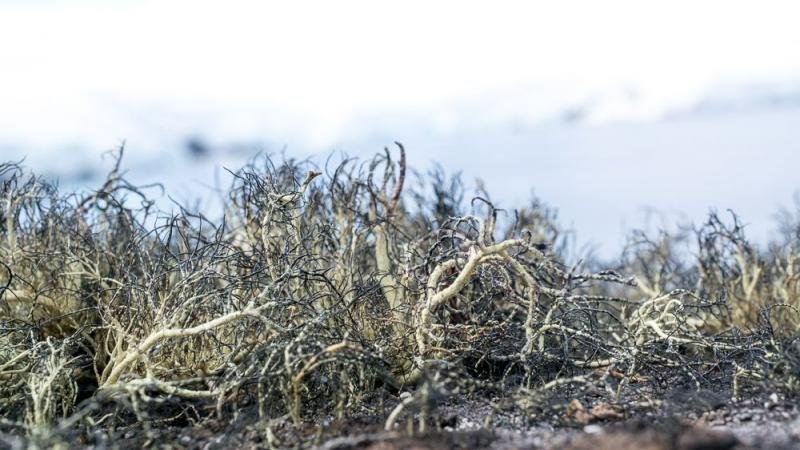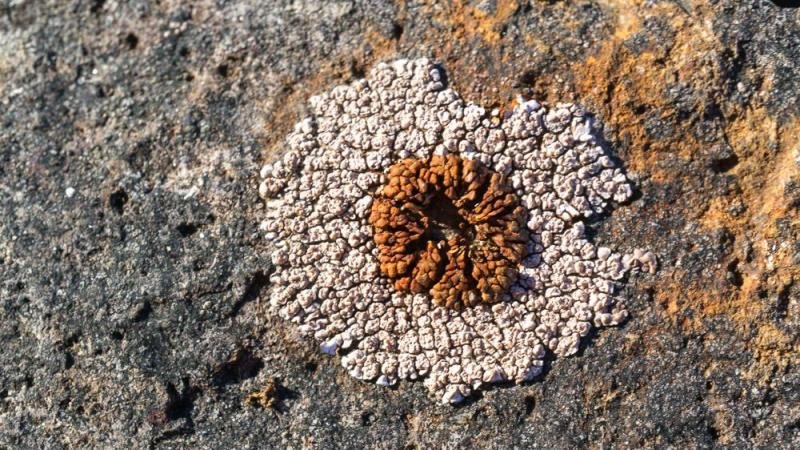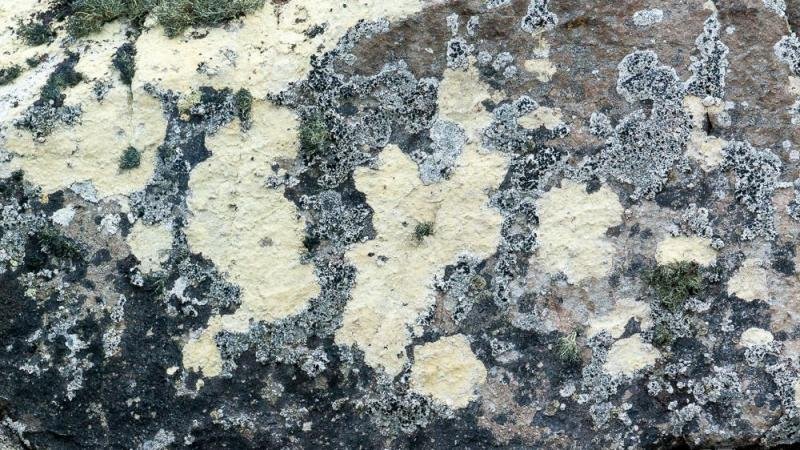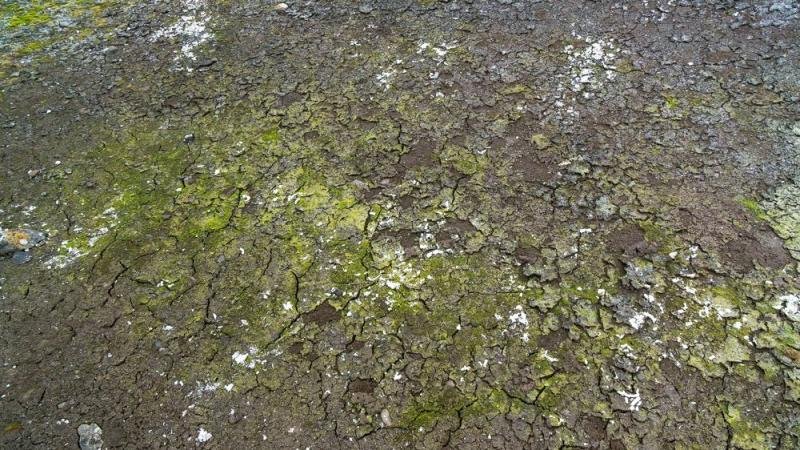In the Heat of the Night
A short video on Thermogenisis
King George Island 2015 Fauna
A few images by Andrew Netherwood of some of the local animals in the vicinity of Escudero Base, King George Island.
Important visitors to Escudero Station
Antarctic moss lives on ancient penguin poo
Moss team back in Punta Arenas
We have just heard that Melinda and rest of the team are back in Punta Arenas after an "amazing crossing of the Drake Passage".
Base Escudero and the Russian church
When the weather is bad we are confined to the station and can't go out to the field. This happened on Wednesday and Thursday. This is a good opportunity to do indoor experiments, identify moss samples and enter data. Plus do the washing, have showers, maybe catch up on sleep and update the blog. On Thursday after two days inside the weather cleared in the afternoon so we walked to the church.
Antarctic Summer School
This week, sixteen lucky students from Chile got to visit the INACH Science base on King George Island for a week. They were actually the winners from a nationwide competition of high school students and these were the ones whose projects had most impressed the selectors. So they were all very bright. They came to the Escudero base with four teachers and a representative from INACH. During the week they got to interact with the various science teams on and around the base.
Saturday night was SushiTon at Escudero Base
Saturday night was sushi night at the Chilean Escudero base. Roberto and Christian the two chefs at the base, spent all afternoon making sushi. Apparently they were also providing some training for a chef from the the nearby Navy base and the Chief of the Navy Base came to dinner to try out the results. The result was spectacular or esstupendo!
As Antarctic ice retreats the plants move in
The Collins glacier site, where one set of open top chambers has been installed, has very interesting vegetation. As the glacier retreats it exposes bare ground where seeds and spores can germinate. In Antarctica vegetation can also reproduce when fragments of the plants, called propagules, are spread from one area to another, possibly by birds or by wind or water dispersal.
One of the two vascular plants found in Antarctica is already colonising the area below the moraine line, this is Deschampsia antarctica the only native Antarctic grass.


